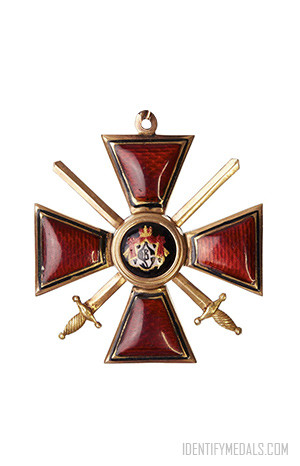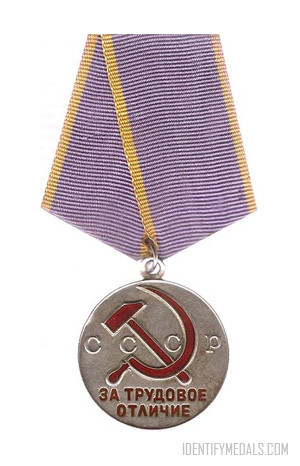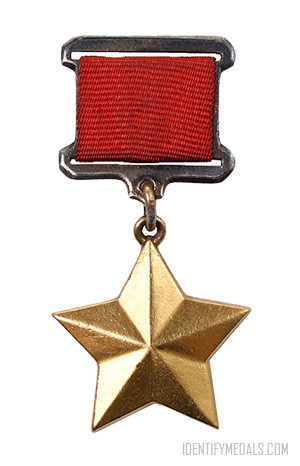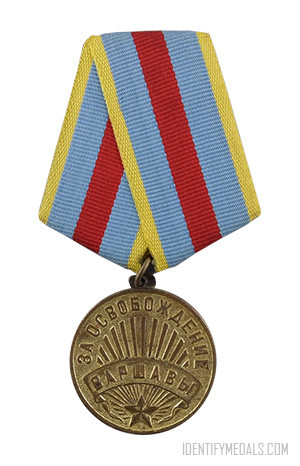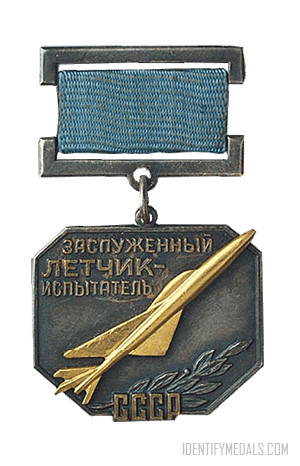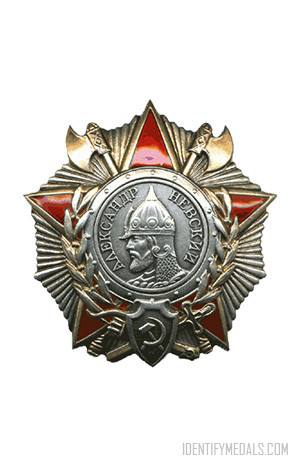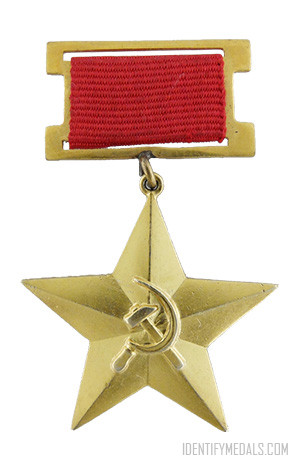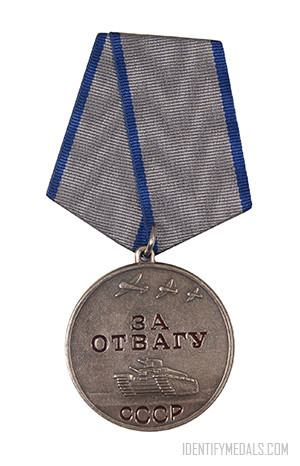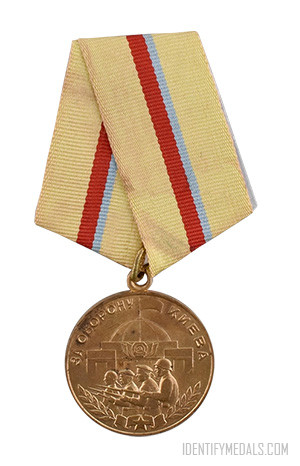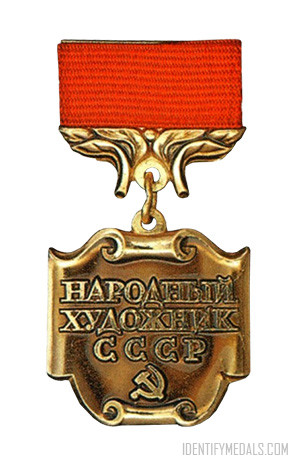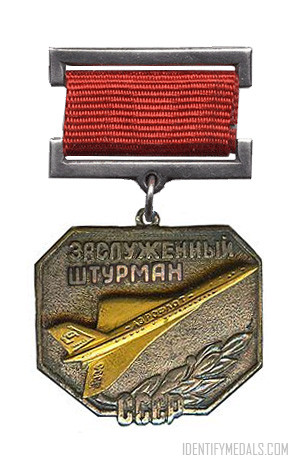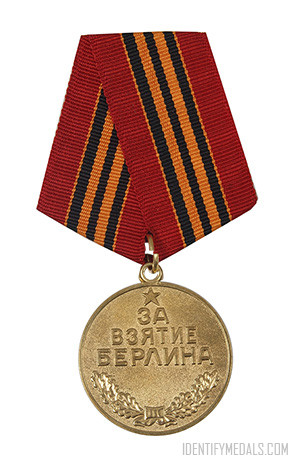- Time Period: Pre-WW1
- Institution: 4 October 1782
- Country: Russia & USSR
The Order of Saint Vladimir (or орден Святого Владимира in Russian) is an Imperial Russian order established between September and October 1782 by Empress Catherine II in memory of the deeds of Saint Vladimir, the Grand Prince and the Baptizer of the Kievan Rus’. The order was awarded in four degrees for continuous civil and military service.
According to Russian laws on nobility, people who were awarded the Order of Saint Vladimir had the rights of hereditary nobility until the Emperor’s decree of 1900 was issued. After this, only three first classes of the Order gave this right.
Grand Duchess Maria Vladimirovna, pretender to the Russian throne, and Head of the Russian Imperial House continued to award the Russian Imperial Order of Saint Vladimir, but this is disputed by historians and by some members of the Romanov Family Association.
In 1957, in commemoration of the 40th anniversary of the Patriarch of Moscow’s restoration in Russia, an Order of Saint Vladimir was created by the Russian Orthodox Church. The order is to be awarded to priests and nuns of the Orthodox church for their service to the Soviet Union and later Russia.
The Imperial Order of Saint Prince Vladimir Design
The insignia of the Order is a red enameled cross pattée with black enameled borders, and a black enameled central disc bearing a crowned red and ermine mantle with the monogram of Saint Vladimir. The insignia is worn on a sash by the first degree, on a necklet by the second and third degrees, and on a chest ribbon by the fourth degree.
A four-pointed star is superimposed upon a four-pointed gold star, with a golden cross pattée and the letters “CPKB” between the arms of the cross on a black enamel background at the center surrounded by the motto of the order “Benefit, Honour and Glory“.

